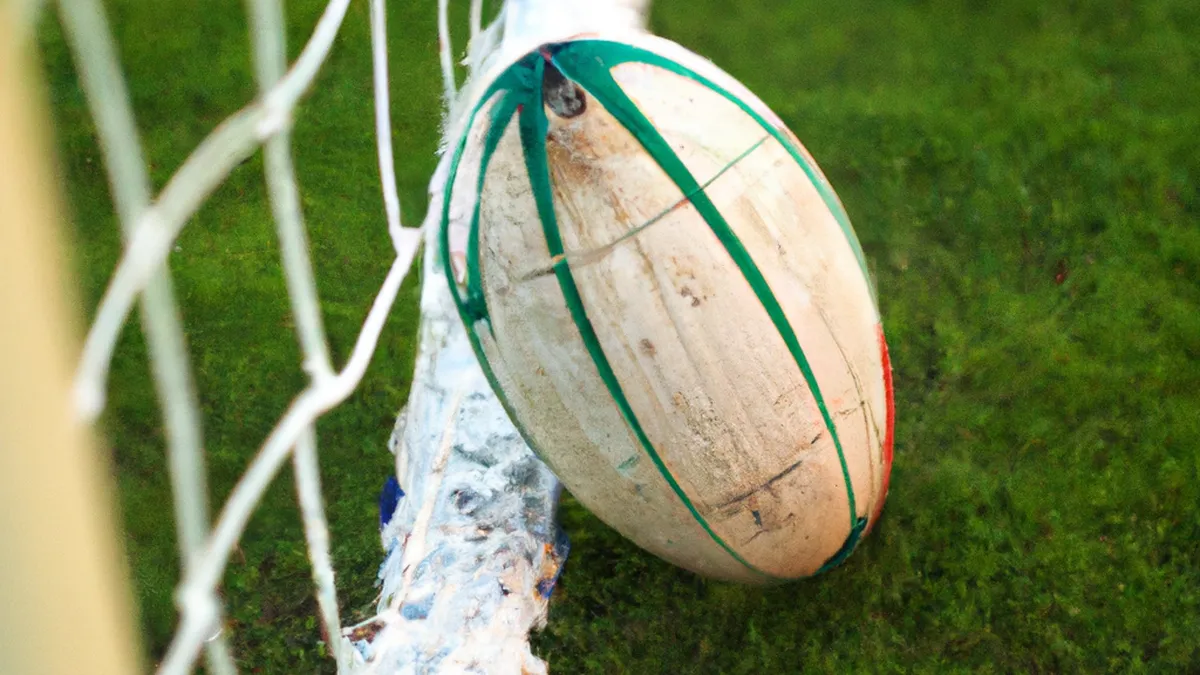Agile Movements: Essential for Rugby Skills
Sport-Specific Agility Challenges: Enhance Your PerformanceAgility plays a crucial role in sports. It impacts performance and can determine game outcomes. Athletes must quickly change direction while maintaining control. This blog explores sport-specific agility challenges, offering tips and benefits for improvement.
Understanding Agility in Sports
Agility means making quick movement and direction changes. Each sport requires different agility skills. Soccer players need lateral movement, while basketball players need vertical jumps. Recognizing your sport’s demands is essential for agility enhancement.
Soccer: Lateral Movement Drills
Soccer players often change direction to dodge defenders and sprint. Improve lateral movement with these drills:1. **Lateral Shuttle Runs**: Set two cones 10 yards apart. Sprint between them, focusing on quick side-to-side movements. Repeat for three sets of 10 reps.2. **Cone Drills**: Arrange cones in a zigzag pattern. Sprint to each cone and focus on sharp cuts. This drill mimics game movements.3. **Defensive Slides**: Practice sliding side to side. Keep knees bent and stay low. This exercise enhances defensive skills against opponents.
Basketball: Quick Direction Changes
Basketball requires sudden stops and explosive starts. Players frequently pivot and change direction. Boost agility with these drills:1. **Zigzag Dribbling**: Dribble a basketball through zigzag cones. Focus on tight turns and quick pace changes. Aim for three sets of five repetitions.2. **Closeout Drills**: Start at the baseline and sprint to the three-point line. As you approach, simulate closing out on a shooter. This drill enhances court reaction time.3. **Jump Stops**: Practice jumping to a stop while maintaining balance. This skill helps transition smoothly between movements.
Tennis: Reaction and Footwork
Tennis players require rapid footwork and quick reactions. They change direction to chase the ball. Improve agility with these exercises:1. **Side-to-Side Sprints**: Set up two markers. Sprint back and forth, focusing on quick lateral movements. Repeat for five minutes.2. **Shadowing**: Simulate match movements without a ball. Move left, right, forward, and backward. This exercise improves footwork.3. **Tennis Ladder Drills**: Use an agility ladder to enhance foot speed. Perform footwork patterns like in-and-out and lateral hops. This drill improves coordination and agility.
Tips for Effective Agility Training
As an Amazon Associate I earn from qualifying purchases.
Gear tip: consider basketball, cones, and multisport smartwatch to support this topic.
Maximize agility training with these tips:1. **Consistency is Key**: Practice regularly. Incorporate agility drills into your routine at least twice a week.2. **Focus on Form**: Proper technique is crucial. Emphasize correct movement patterns to avoid injuries and enhance performance.3. **Use Resistance**: Add resistance bands or weighted vests for increased difficulty. This challenge improves strength and stability.
Advice from Experts
Experts emphasize agility’s importance in sports. They suggest:1. **Cross-Training**: Engage in different sports or activities. This develops various agility skills and prevents burnout.2. **Incorporate Plyometrics**: Include jumping exercises to improve explosiveness. Add box jumps or squat jumps to your routine.3. **Track Progress**: Log your agility drills. Recording performance helps identify improvement areas.
Benefits of Agility Training
Agility training offers many benefits for athletes:1. **Improved Performance**: Enhanced agility leads to better performance on the field or court. Athletes can change direction effectively, improving outcomes.2. **Reduced Injury Risk**: Agility training strengthens stabilizing muscles, reducing injury risk during high-intensity activities.3. **Increased Confidence**: Mastering agility movements boosts confidence. Athletes feel prepared to face opponents and tackle challenges.
Conclusion
Sport-specific agility challenges are vital for athletes seeking performance enhancement. Focus on your sport’s unique demands to implement effective drills. Practice consistently, prioritize form, and track progress. Ultimately, agility training will improve performance, reduce injury risk, and boost confidence. Start incorporating these tips today and watch your skills soar!
Below are related products based on this post:
FAQ
What is agility in sports?
Agility refers to the ability to make quick movements and change direction efficiently. Each sport demands specific agility skills, such as lateral movement in soccer or vertical jumps in basketball. Understanding these requirements is essential for enhancing agility.
What are some agility drills for soccer players?
Soccer players can improve their agility through drills like lateral shuttle runs, cone drills, and defensive slides. These exercises focus on quick side-to-side movements and sharp cuts, which are crucial for dodging opponents and sprinting effectively during a game.
How can basketball players enhance their agility?
Basketball players can enhance agility with drills such as zigzag dribbling, closeout drills, and jump stops. These exercises help develop quick direction changes, explosive starts, and the ability to maintain balance, all of which are vital for effective gameplay.















Post Comment